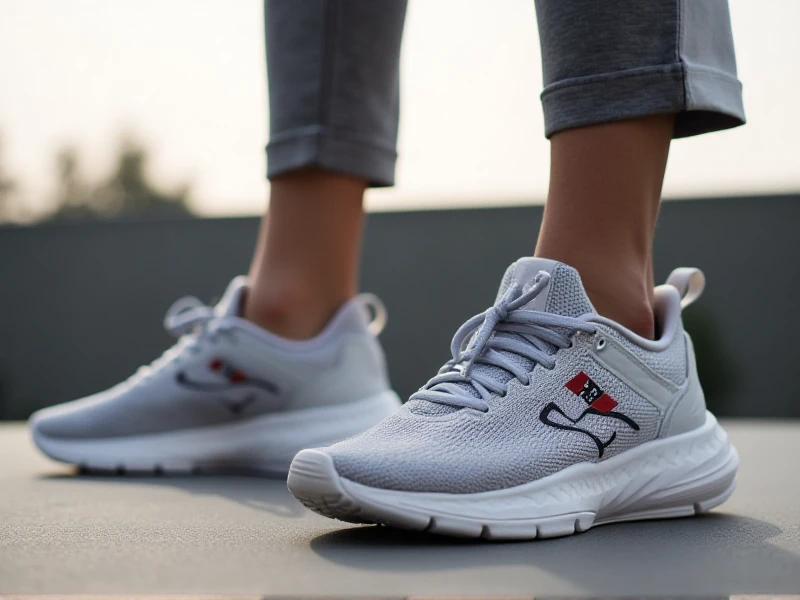Top Women's Running Shoes: What to Look For
2025-06-08

Running is more popular than ever among women, offering incredible health benefits and a powerful sense of achievement. But one crucial factor can make or break your experience: the right pair of women's running shoes. Choosing wisely prevents injuries, boosts performance, and keeps you comfortable mile after mile. Here's your essential guide to finding the perfect pair.
Why Dedicated Women's Running Shoes Matter
Women’s feet differ significantly from men’s. On average, they’re narrower in the heel, wider in the forefoot, and feature a lower arch profile. Dedicated women’s running shoes accommodate these nuances with specialized lasts (shoe molds), midsole densities, and cushioning patterns. Wearing ill-fitting shoes can lead to blisters, plantar fasciitis, or shin splints—undermining your running journey.
Key Features to Prioritize
1. Cushioning & Responsiveness
Look for midsoles balancing soft landings and energy return. Materials like Nike’s React Foam or Brooks’ DNA Loft absorb impact without feeling mushy. Avoid excessive softness if you’re a faster runner—you’ll need firmer responsiveness.
2. Secure, Anatomical Fit
Test heel lockdown: slipping causes friction blisters. Forefoot width matters too—your toes shouldn’t feel cramped. Brands like Altra excel with naturally shaped toe boxes. Consider gusseted tongues to prevent tongue slide.
3. Support Type
Neutral: For efficient gaits with natural foot motion. Try the ASICS Gel-Nimbus or New Balance Fresh Foam 1080v13.
Stability: Mild guidance for slight overpronation. The Brooks Adrenaline GTS or Saucony Guide 17 offer medial support without rigidity.
Motion Control: Rigid support for severe overpronation. Look for the Hoka Gaviota 5.
4. Weight & Flexibility
Racer-style shoes like the Nike ZoomX Streakfly weigh under 7 oz for speed training. For long runs, moderately cushioned trainers (8-10 oz) add endurance comfort without dragging you down.
5. Breathability & Durability
Mesh uppers (particularly engineered knits) keep feet cool. Reinforced high-wear zones (like medial posts or rubber outsoles) extend shoe life. Aim for 300-500 miles per pair.
Terrain-Specific Choices
Road running: Prioritize lightweight cushioning (e.g., Hoka Clifton 9).
Trail running: Seek aggressive lugs, rock plates, and waterproof options like the Salomon Speedcross 6 GTX.
Track/Competition: Racing flats with carbon plates enhance turnover (e.g., Adidas Adizero Adios Pro 3).
Seasonal & Lifestyle Considerations
Winter runners need warmth: Gore-Tex linings or windproof uppers (Brooks Ghost GTX). For city fitness enthusiasts, crossover shoes like the On Cloudrunner blend road-ready performance with lifestyle aesthetics.
Caring for Your Investment
Rotate between two pairs to let midsoles “recover.” Hand-wash lightly; avoid direct heat drying. If tread wear is uneven—or your knees/shins ache post-run—it’s replacement time.
The finest women's running shoes merge biomechanics science with real-world comfort. Invest time in trying different models—your future runs will thank you. Brands like Saucony, Brooks, Hoka, and Asics continue innovating with female-focused engineering, prioritizing injury prevention, mile-crushing resilience, and confidence at every stride.
Ready to upgrade? Visit specialty running stores for gait analysis and personalized recommendations. Your perfect fit is out there.
Category: